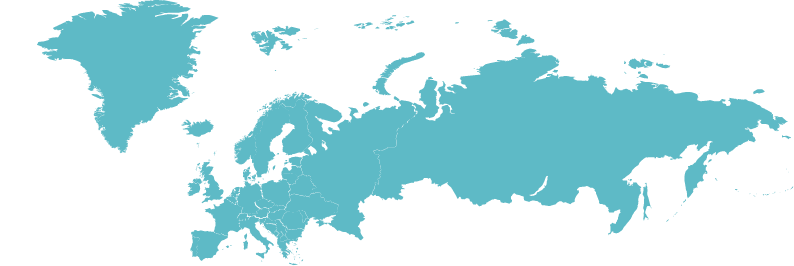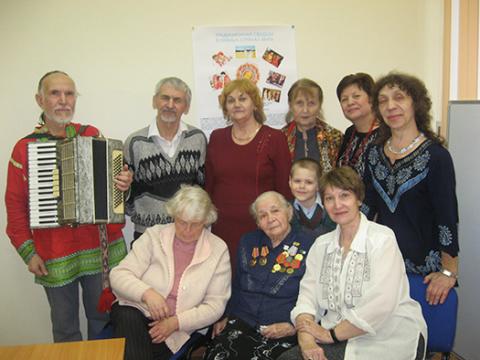The great Russian Scientist and founder of Moscow State University Mikhail Lomonosov once said: “Russian Might will grow with Siberia”, and those of us who live here regard his declaration as a beacon for future development.
Siberia can be called a multinational cauldron of traditional native peoples, and those who immigrated here in the 17th century. People coexisted rather peacefully, but in the course of time conflict surrounding national issues took over. This explains why our URI CC has such an important task in promoting activities related to peaceful coexistence between all living people in this enormous territory.
We decided to study these traditions ourselves, and then to share them with others who organize activities to revive national traditions. Representatives of other national non-governmental organizations living in Novosibirsk region came to visit us, and in turn we attended their functions.
In spring, nature is wakin up from the long Siberian winter. Since ancient times, people have greeted spring with different kinds of celebrations. Euro-Asia CC (in the Europe region) often combines their effort with another organization, the “Public Academy of Siberian Traditions”. By working together, we each become more successful in all that we do.
Thus, on March 21, Spring Equinox Day, we participated in the annual celebration at the Sun Museum (three people working there are members of Euro-Asia CC). The celebration started with traditional music, folk songs and dancing. We then went outside together and gathered around a fire, a Russian tradition. The significance of this ceremony is that people burn down a figure that represents “winter” on the fire stack. This symbolizes the problems associated with the winter have now passed. Following this ceremony we went inside and had a tea-party where we talked and sang some more.
Another bright spring event was our participation in the City Events, devoted to Preserving Health (April 19 - April 22). We held 3 seminars on the following topics: 1)Siberian traditional national art (handicrafts) and costumes; 2) Preserving health using traditional means - banya (sauna), herbs, nuts, roots; and 3)healthy cooking.
Discussions focused on the importance of preserving traditions for future generations. We focused our efforts on exchanging practical skills and crafts that we had made with our own hands. The City Exhibition Hall was filled with various folk arts.
We all like to sing traditional Siberian songs and were happy to join the choir of elderly people, who we often invite to our joint events. Some of us donned our national costumes. Rimma Zvereva, the secondary coordinator for Euro-Asia CC, was the host and introduced the singers to the audience. Soon everyone happily joined the singing. We were educated about the significance of every item on the national costume. Pancakes, cooked by Nadezhda, a CC member, were delicious. She cooked before an audience, inviting everyone to taste the food as soon as it came off the stove.

